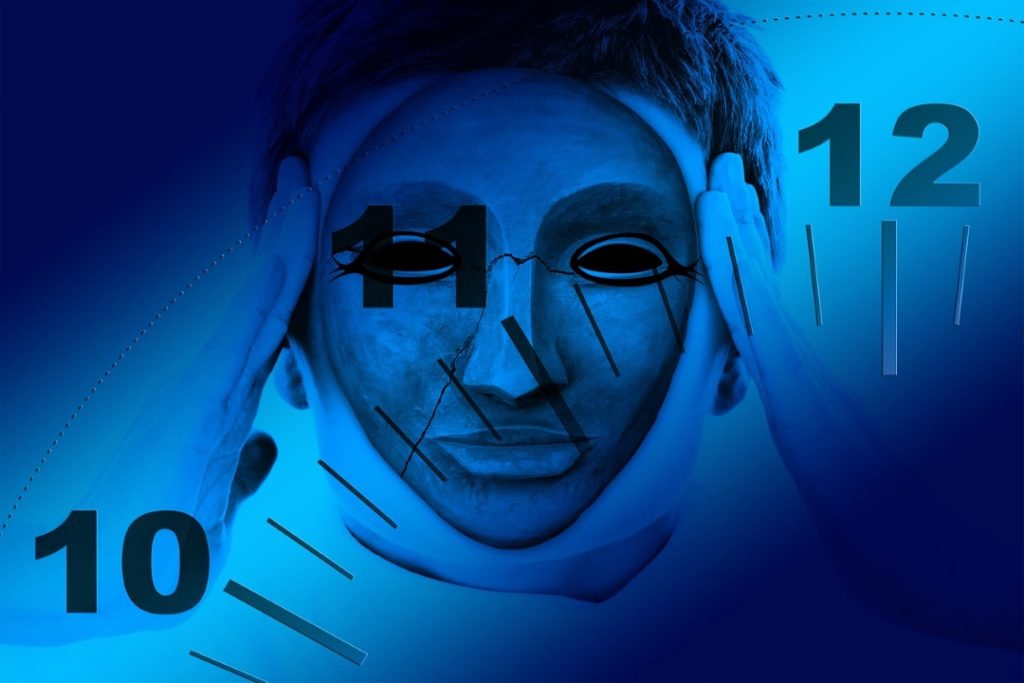
Contents
Risks of Low Blood Pressure
The main risks of low blood pressure (hypotension) occur due to mainly (but not always) from shock caused by severe injury or illness.- Even moderate forms of low blood pressure can cause dizziness and weakness. But the bigger concern is that they can also cause injury from falls due to fainting. Falls in older adults can lead to a broken hip or spine fracture. These injuries can reduce a person’s health and ability to move about.
- If you experience symptoms of low pressure after changing positions, such as standing up, it’s known as postural, or orthostatic hypotension. Symptoms shouldn’t last longer than a few seconds, as your blood pressure will adjust to your new position. This type of low blood pressure tends to affect people more as they get older and can lead to more frequent falls. Similar symptoms may also occur after exercise.
- If you experience low blood pressure symptoms after eating, it’s known as postprandial hypotension. It occurs more often in older people, particularly in those who have high blood pressure or conditions such as Parkinson’s disease and diabetes mellitus.
- Some people experience symptoms after standing up for long periods of time. This is sometimes known as neutrally mediated hypotension, and most often affects children and young adults.
- Far more serious is the hypovolemic shock, a life-threatening complication of dehydration. It occurs when low blood volume causes a sudden drop in blood pressure and a reduction in the amount of oxygen reaching your tissues. This can lead to damaging the heart, brain and other organs. If untreated, severe hypovolemic shock can cause death within a few minutes or hours.
Prevention of Low Blood Pressure
It is very important for a person to know how to prevent low blood pressure symptoms because it may lead to death within few minutes.- You may be able to reduce the dizziness and lightheadedness that occur with orthostatic hypotension by taking it easy when you move from a lying to standing position. Instead of jumping out of bed in the morning, breathe deeply for a few minutes and then slowly sit up before standing.
- Keeping hydrated helps prevent symptoms of low blood pressure.
- If your blood pressure drops after eating, your doctor may recommend small, low-carbohydrate meals. Get plenty of fluids.
- If you begin to get symptoms while standing, cross your thighs in a scissors fashion and squeeze, or put one foot on a ledge or chair and lean as far forward as possible. These maneuvers encourage blood to flow from your legs to your heart.